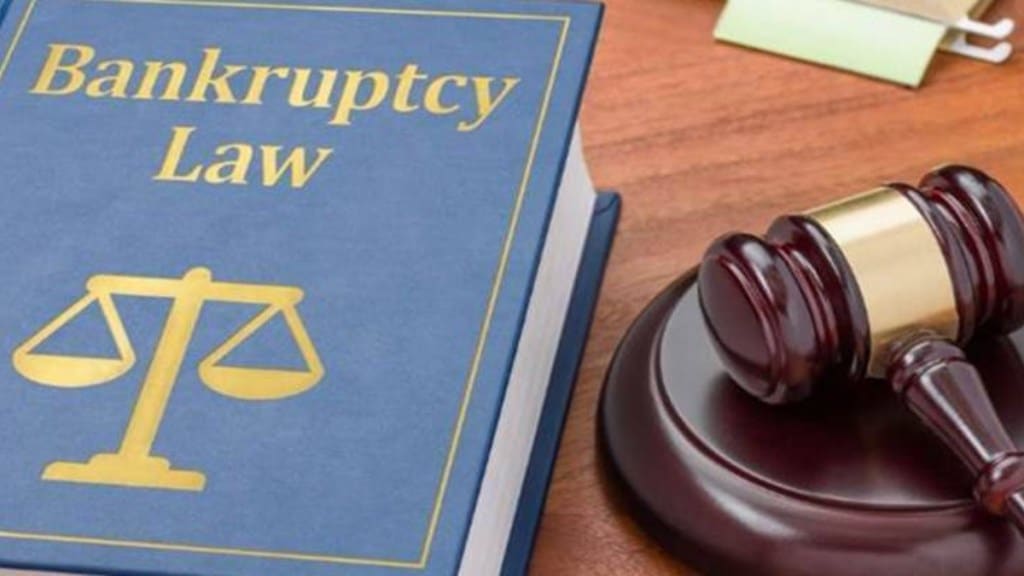Financial creditors have taken a 67% haircut on loan recoveries in 2022 sought under the Insolvency and Bankruptcy Code (IBC), 2016. Realisations by those creditors were 33% of the total claims filed by them as of September 30, 2022.
While financial creditors are slightly more successful in making recoveries, realisations by operational creditors were a mere 16.5% of the claims filed, Reserve Bank of India (RBI) data show.
Financial creditors have referred 2,531 accounts while operational creditors have filed 3,008 cases under the insolvency process as of September 30, 2022.
Also Read: No full GST recovery from firms under insolvency: CBIC
Since the initiation of the IBC law, lenders have filed 5,893 cases till September 30, out of which orders of liquidation have been issued against 1,807 companies, and 1,586 companies have settled or filed appeals before higher fora. Of the total matters referred so far, the National Company Law Tribunals (NCLTs) have approved resolution plans for 553 companies.
The incidence of orders for liquidation is on the higher side as a large number of companies referred under the insolvency process were with the Board for Industrial and Financial Reconstruction (BIFR). These companies were defunct and the economic value of these entities that ended in liquidation had almost completely eroded even before they were admitted under the IBC. The realisation by financial creditors was at 201% in comparison to the liquidation value.
“These corporate debtors had assets, on an average, valued at less than 8% of the outstanding debt amount,” the RBI said in its Financial Stability Report.
Also Read: Govt to amend insolvency law to reduce time taken for resolution process
While admitting that the delay is the main challenge before the IBC, RBI governor Shaktikanta Das had said that the banks should make timely reference under the IBC in order to make better recoveries and enable faster revival of debtor companies. “The main challenge for the IBC is the time that has been taken. The delay. Initially, it was said that certain things will happen in 15 days, certain things will happen in 90 days, six months; that has not happened and there are multiple reasons for that,” Das had said.
The traditional the approach of the banks was to wait till the asset deteriorates to the point where there is nothing left in it, Das had said. However, banks have seen better recoveries under the IBC, compared to other frameworks, and it will take some more time for the law to evolve around the IBC, he said.
Lenders made recoveries to the tune of Rs 47,421 crore under the IBC in FY22, compared to recoveries through debt recovery tribunals (DRTs) and SARFAESI Act which stood at Rs 12,114 crore and Rs 27,349 crore, respectively, according to RBI data in a separate report. However, in percentage terms, recoveries under the IBC were 23.8% of the total amount involved, lower than 25.7% recoveries enabled under the DRT, but higher than 22.5% recoveries under SARFAESI Act.

